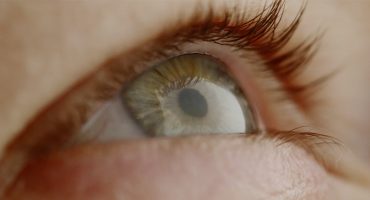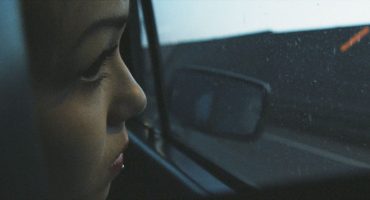When breaking down a script into individual shots, you cannot avoid considering shot sizes. The size of a shot is one of the key elements of shot composition helping you translate written words, thoughts and emotions into images. Every shot in a film has a certain visual storytelling value and the size of each shot helps create this value.
Deciding on the right size for a shot isn’t always an easy task, since there are various things you will have to consider: How should the shot serve the story? What is the visual message? In what order are you planning to edit your shots? What is the overall visual concept of the film?
This series of articles aims to help you to successfully get through the task of finding the right camera shot sizes for your future film projects.
Table of Contents
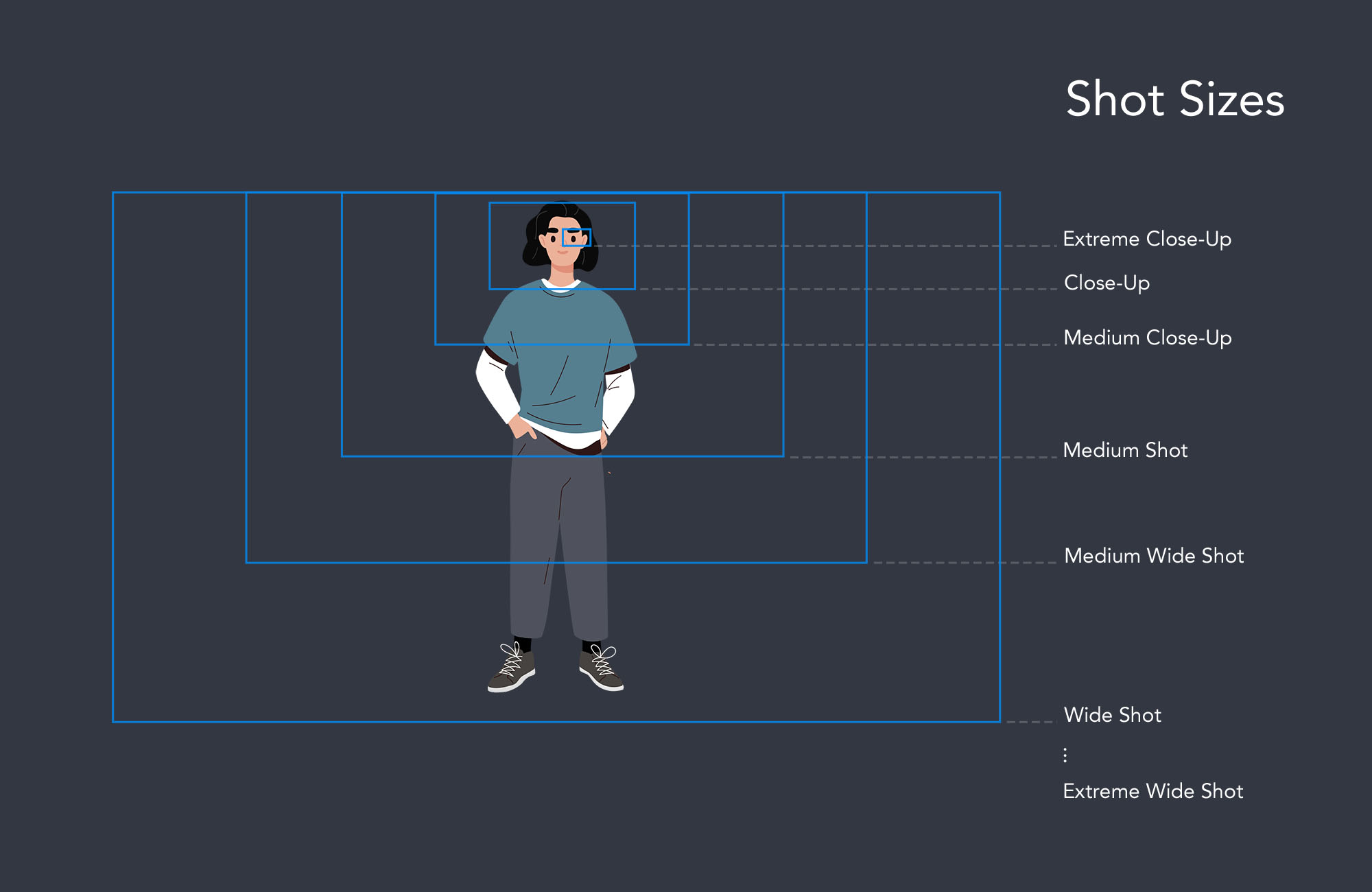
What is shot size?
“Shot size” refers to the size of the frame relative to its content.
Basically, the shot size defines how much of your subject or setting is shown in the individual shots. After editing, the combination of different shot sizes contributes to the rhythm and visual language of a scene.
Shot sizes are not dependent on aspect ratio. However, the aspect ratio in which you are shooting your film affects how the various shot sizes appear on the screen.
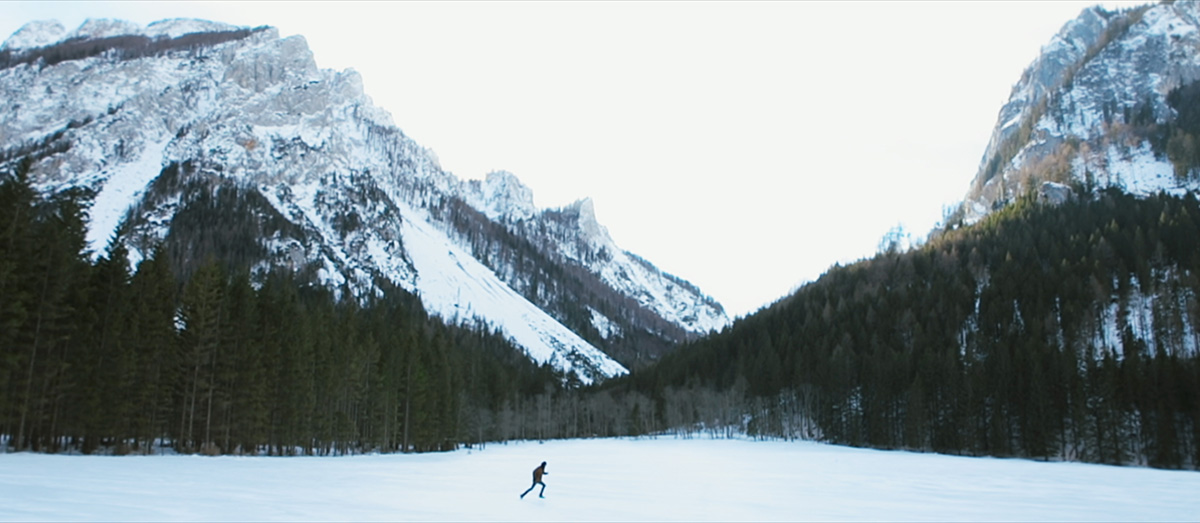
Example of an extreme wide shot
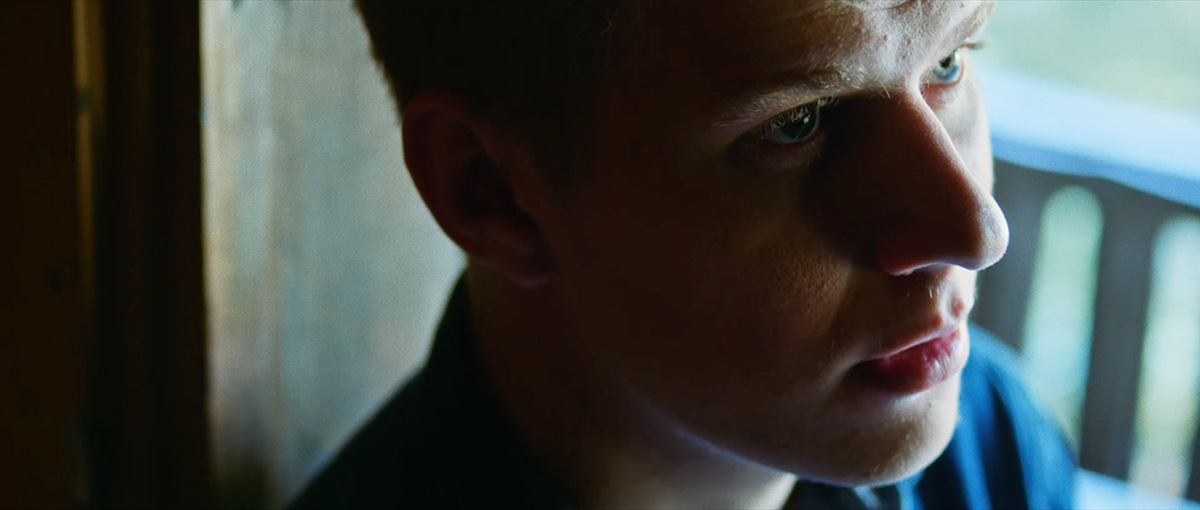
Example of a close-up
The most common shot sizes in filmmaking
The following list contains the seven most commonly used shot sizes. To learn more about a certain shot size, click the link in the paragraph and you will be taken to an in-depth article on that particular shot size.
Extreme wide shot (EWS)
An extreme wide shot, also called extreme long shot, shows the scene’s location as a whole. It can be used to establish a scenes setting or to contribute to the narrative of the film by expressing certain moods of a scene, for example by making a character appear lost in a vast landscape.
Wide shot (WS)
Similar to the extreme wide shot, the wide shot can be used to establish the scene. They show the characters in the context of their wider surroundings and allow the audience to get a sense of the location.
Medium wide shot (MWS)
Medium wide shots are often used for group shots and two shots. A medium wide shot shows the body language of the characters and implies their facial expressions, while being wide enough to include the characters surroundings simultaneously.
Medium shot (MS)
A medium shot is tighter than a medium wide shot and wider than a medium close up, even though they sometimes cannot be distinguished exactly. It usually contains one or more characters from the waist up, including their closer environment, giving the opportunity to put a person in context with its immediate surroundings.
Medium close-up shot (MCU)
A medium close-up shot of a character shows them approximately from the chest or shoulders up to the top of the head. Medium close-up shots are slightly wider than close-ups and closer than medium shots. They concentrate on a character’s face while still being wide enough to imply the body language.
Close-up (CU)
In a close-up, something is filling the large part of the image. That can be a character’s face, some other body part, or a certain prop. By using a close up, filmmakers are putting something to the center of the audience’s attention in an image.
Extreme close-up (ECU)
The extreme close-up is the closest shot size. It shows a small detail of a character or a prop and isolates it from the rest of the person or subject. Macro shots could also be considered extreme close-ups.
Using an iPhone to plan your shots
You can use our director’s viewfinder app to plan your shots on your iOS device. Cadrage will let you pre-visualize your shot sequence with accurate framing previews and help you to find the right shot size for your overall visual concept.
FAQ
What is the correlation between shot sizes and editing?
When one is thinking about the right shot sizes for a scene, it is crucial to have the finished, edited film in mind. The separate shots have their own visual expression, but when combined through editing, they result in the final visual language of the film.
Which shot size should I use?
Shot size is one of the tools you can use to get the most visual expressiveness out of every shot. The right size for a shot depends on your overall visual concept and storytelling. Every shot size has its own characteristics, and some shot sizes might be more suitable than others when it comes to the narrative you want to tell.
What is a “cowboy shot”?
Cowboy shot is an expression often used for a shot size somewhere between a medium wide shot and a medium shot. It derives from western films, as it is the shot size showing cowboys from the hip upwards, so you can see their guns.
What is an “American shot”?
American shot is another expression for cowboy shot. It derives from French film criticism, in which the expression plan américan was sometimes used to refer to that shot size.
What is a “waist shot”?
Waist shot is an alternative, lesser used expression for a medium shot, as a character is shown from approximately the waist up.
What is a “mid shot”?
Mid shot is another expression for medium shot. It doesn’t matter which expression is used; they both describe the same thing.
What is a “three-quarter shot”?
Three-quarter shot is another, lesser used expression for a medium wide shot, as it shows approximately three-quarters of a character’s body.


